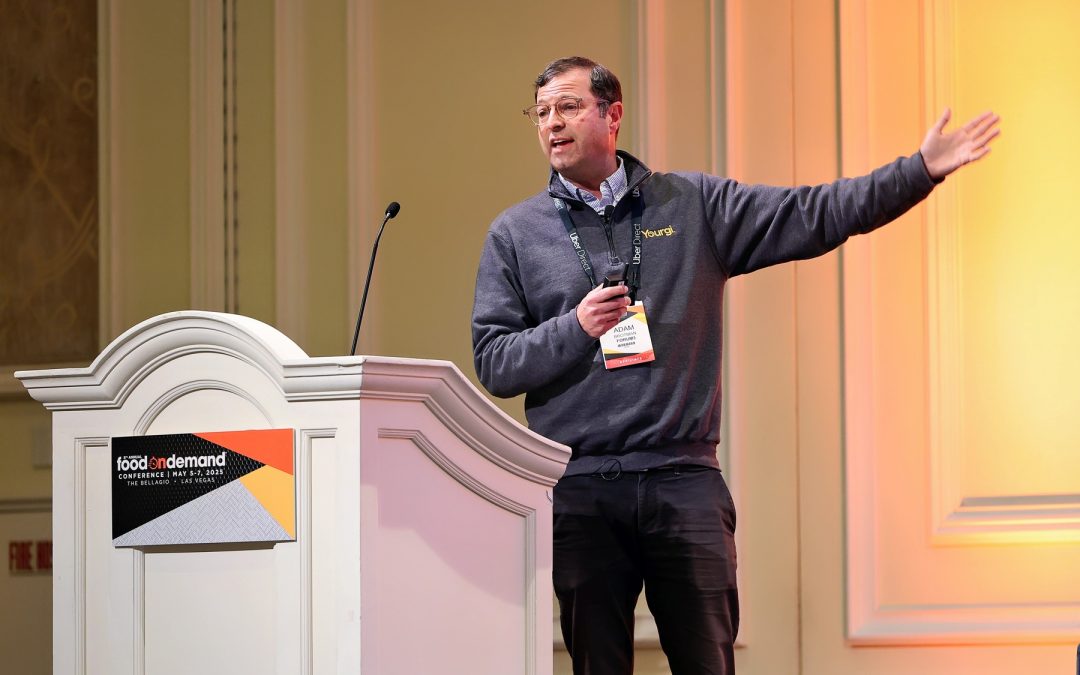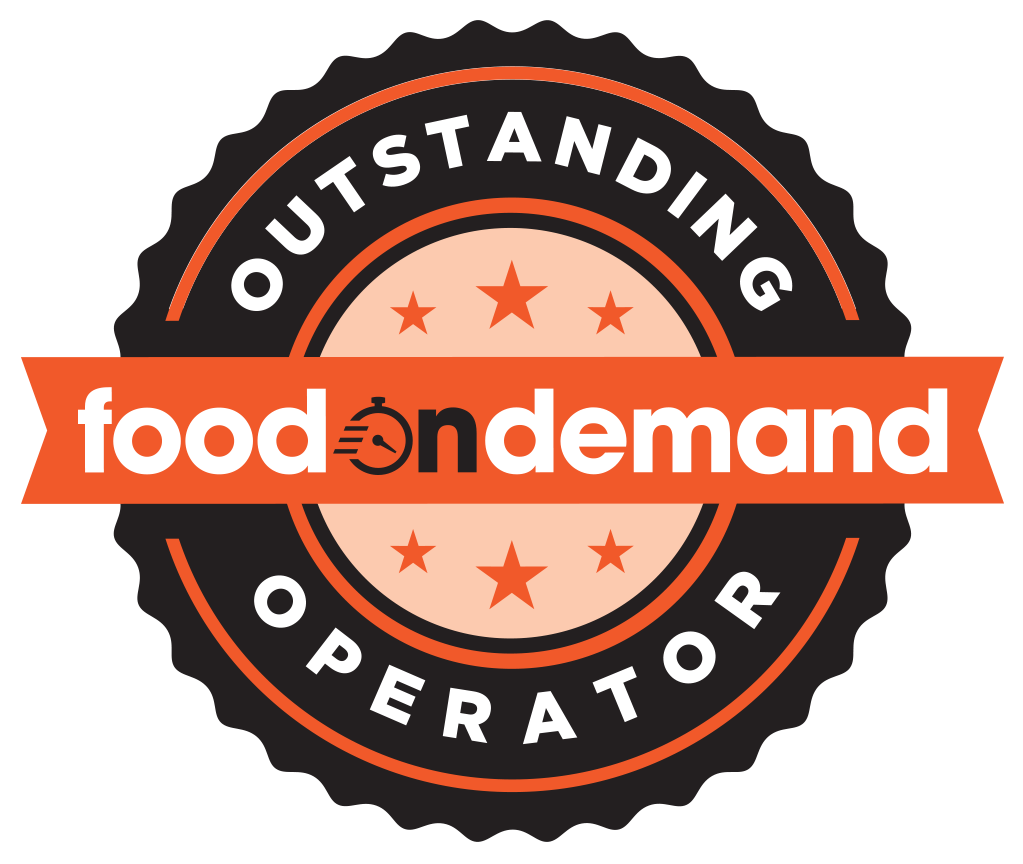Who better to explain artificial intelligence to hundreds of restaurant operators than Tom Brady?
“I knew Kansas City’s defense better than they knew themselves. I knew their body movements, the way their linebackers moved, the way their safeties moved. I knew everything they were doing…I had the answers to the test,” said Brady. “That’s where I was great, that’s where my magic superpower was. It wasn’t how fast I could run; it was how fast I could diagnose what they were doing. What’s the special quality, what’s the internet speed of me as a quarterback? Fast as shit.”
No, the seven-time Super Bowl champion quarterback wasn’t in Las Vegas speaking on opening day of the Food On Demand Conference, but two AI experts used an interview clip of Brady talking about his analytical preparedness to illustrate to restaurant leaders the applicability of AI in their day-to-day world.
“Two things I want to highlight: knowing the answer to the test before it’s given, and fast as shit,” said Andy Sack. “AI is that unlock. It allows you to operate at internet speed and be ‘fast as shit’ executives.”
Sack, a former adviser to Microsoft CEO Satya Nadella, co-founded consultancy and AI lab Forum3 with Adam Brotman, the former chief digital officer at Starbucks. The two are co-authors of “AI First: The Playbook for a Future-Proof Business and Brand,” and they advised FODC attendees to think of AI not as a better Google but a “powerful augmentation” to what they can do in their jobs.

Speaking on opening day of the Food On Demand Conference, Adam Brotman, left, and Andy Sack, co-founders of consultancy and AI lab Forum3, discuss how restaurant operators can better apply artificial intelligence tools to their businesses.
The pair, who largely use ChatGPT and other OpenAI tools, drew on three examples to show the range of AI’s applicability.
1) One client, a national retailer, had 200,000 “contact us” forms. While replies were being sent, there was no analysis of each form’s content and the customer feedback was left as an untapped resource. In running the information through an AI tool, it yielded sentiment analysis broken down by top complaint, by key areas of praise and with a host of marketing and product ideas.
“All of this came in minutes,” said Brotman, versus it taking a week or more for someone to dissect.
2) A quick-service restaurant client with several hundred locations was about six months into its digital strategy and had just launched a loyalty program, a mobile app and its delivery initiative. It had an Excel file with 1.2 million rows of data and information. Using OpenAI’s version of a “deep research” tool—which essentially is an AI agent that uses reasoning to synthesize huge amounts of online information and undertake multi-step research—Brotman and Sack were able to provide truly actionable insights.
“It yielded a beautiful report on segmentation they could use for understanding their customers,” said Brotman. “Understanding purchase behavior. They could use that segmentation for personalized marketing. To understand what people were buying so they could do marketing campaigns off of it.”
And it only took about an hour.
3) A 300-unit coffee chain was seeing sales of its cold beverages decline, and executives couldn’t explain why. After having a call with the chain’s leaders where they discussed the problem, Brotman uploaded that call transcript, along with sales data from 300 stores, and had Chat GPT provide an analysis and suggest action items. And the AI created a professional slide deck that distilled the information.
“The definition of data, it used to be really narrow, and it has gotten much, much bigger, to include files, conversations,” said Sack. A call transcript can replace a typical prompt to provide the AI with critical context.
For leaders and organizations still hesitant to use AI or those that are in the early stages of applying the technology, Sack noted it’s not too late. “We’re in the first two innings,” he said, but understanding the applicability starts with usage.”
“Just start using the tool and getting comfortable with it,” he said, “and seeing what it can do for you and what it’s limitations are.”
The eighth annual Food On Demand Conference, which offers insights from key restaurant and foodservice players in mobile ordering, delivery, catering and technology, continues through May 7 at the Bellagio in Las Vegas.


